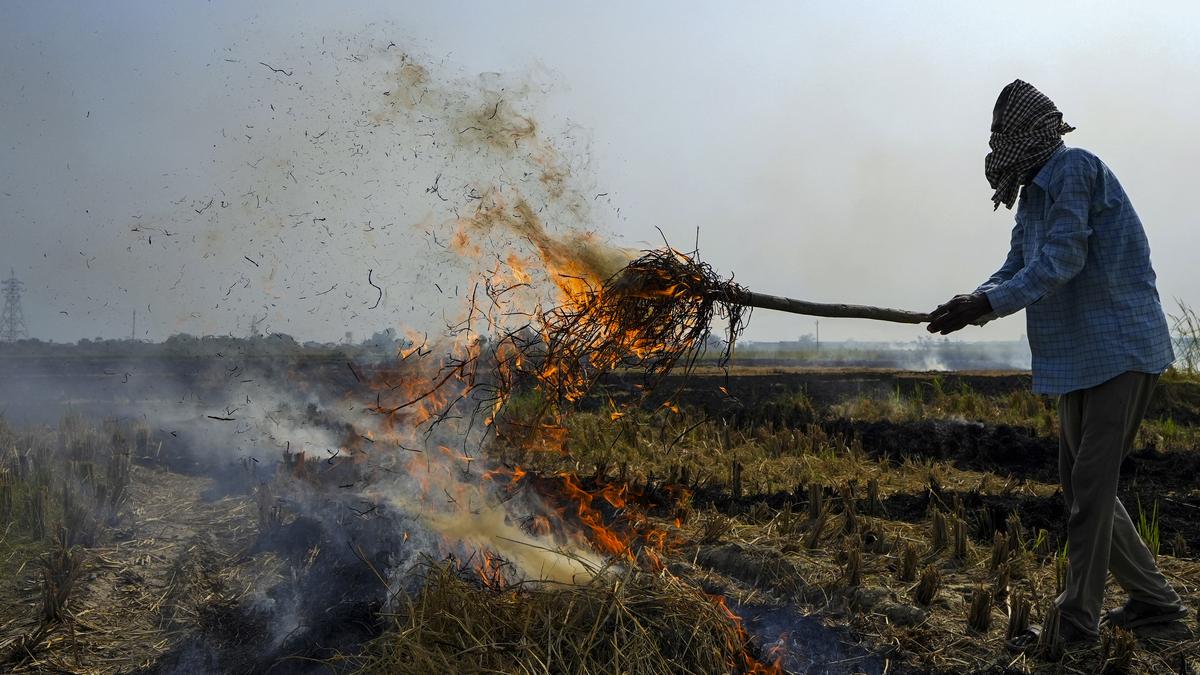Punjab, Sept 25 – As paddy harvesting picks up speed across Punjab, concerns about air pollution are returning with it. The state has already recorded 75 stubble burning incidents, prompting increased scrutiny from environmental agencies and government bodies.
Despite repeated awareness drives and legal enforcement, farm fires remain a persistent seasonal challenge. The issue is further complicated by a shift in weather patterns — rising night temperatures and dry conditions, which make crop residue even more flammable.
No Rain, Warmer Nights: Conditions Ripe for Fire Spread
According to the India Meteorological Department (IMD), Punjab is currently experiencing above-average minimum temperatures, with the nighttime mercury sitting 2.1°C higher than usual. Meanwhile, daytime temperatures remain stable, though slightly below normal in some regions.
The warmest location was reported to be Samrala in Ludhiana, where the temperature peaked at 36.6°C. With no rainfall expected in the coming days, officials warn that the risk of fires spreading remains elevated.
“These dry, warmer nights are not just uncomfortable — they’re also dangerous in terms of fire behavior,” said a senior IMD official.
Amritsar Emerges as Epicenter of Violations
Of the 75 total cases reported so far, Amritsar district accounts for 43, marking it as the current hotspot for violations. Patiala and Tarn Taran have also seen 9 cases each, highlighting a cluster of activity in central and northern Punjab.
Interestingly, state authorities revealed that nearly 30 of these cases were flagged by satellite but showed no actual stubble burning upon ground verification. These “false positives” were part of reports issued by the Punjab Remote Sensing Centre (PRSC), prompting a re-evaluation of monitoring methods.
“Remote sensing is helpful, but it must be backed by human verification. Otherwise, it leads to misreporting and panic,” a state environment department official noted.






